- The Western Han Empire implemented immigration and set up five Hexi counties
- This move further eradicated the northern frontier and cut off the connection between the Xiongnu and the Qiang people at that time
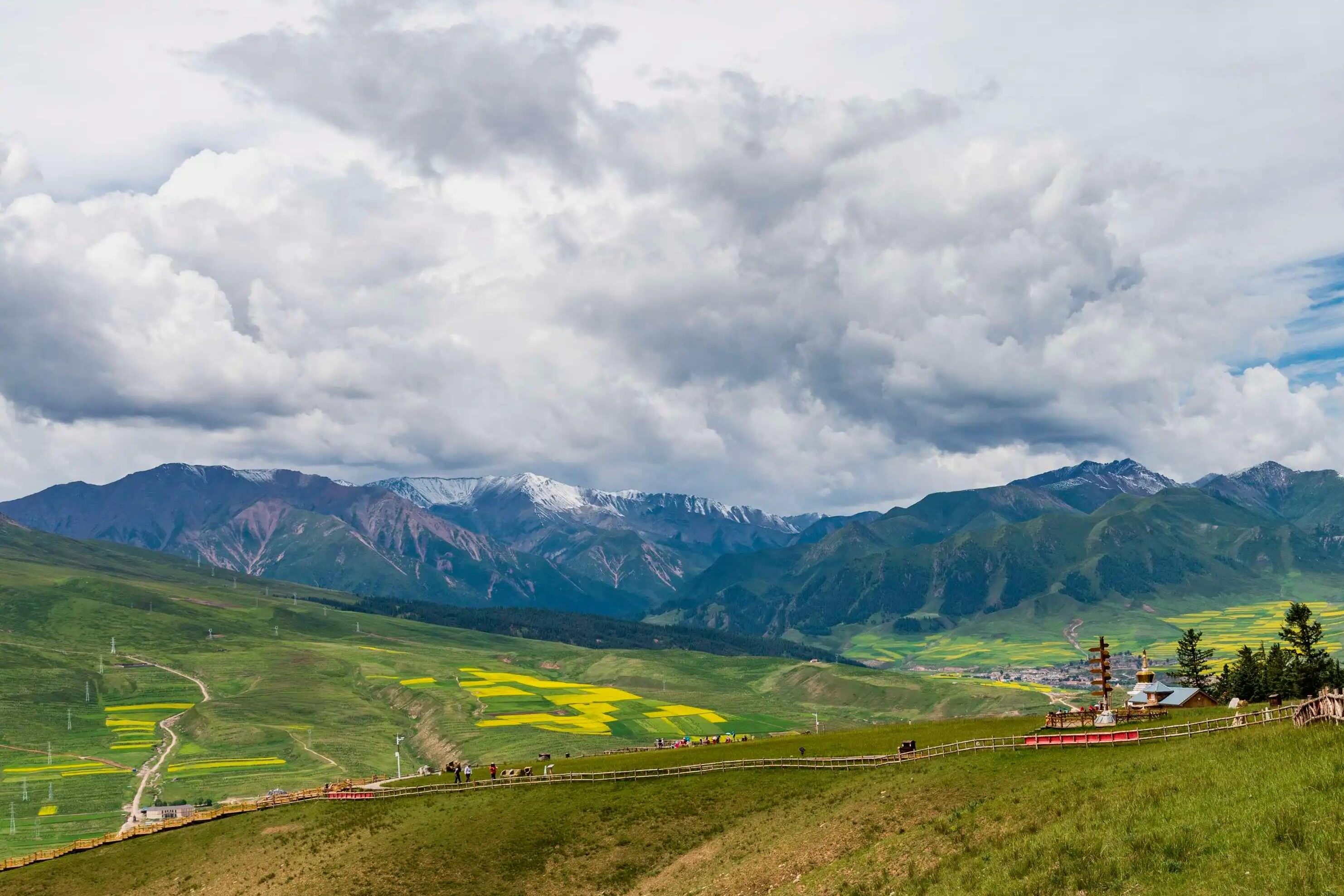
In the second year of Yuanshou (121 BC), Emperor Wu of the Han Dynasty, Huo Qubing attacked Hexi twice, forcing the Hunxie King of the Huns to surrender, and the Hexi area was officially included in the territory of the Han Dynasty. Since then, "Hexi is empty", and the right forces of the Xiongnu retreated to the Gobi desert area of the Mongolian Plateau to the north of Hebei Mountain. In order to firmly control Hexi, a strategically important place, and further stop the Xiongnu's southern criminal forces, according to Zhang Qian's plan of "breaking the right arm of the Xiongnu", Emperor Wu of the Han Dynasty sent Zhang Qian to the Western Regions for the second time, wanting to attract Wusun to "the hometown of the east." , to jointly fight against the Huns. But at this time, Wusun had moved westward for a long time, and the internal contradictions were relatively large, so he declined the suggestion of the Han Dynasty to return to Hexi. Emperor Wu of the Han Dynasty reviewed the situation and decided to vigorously develop Hexi, and immigration and setting up a county were the most important two.
Emperor Wu of Han immigrated to the Hexi Corridor
During the period of Emperor Wu of the Han Dynasty, there were mainly four immigrations to the Hexi area.
The first was the disaster relief migration of 700,000 flood victims who migrated to the northwest frontier, including Hexi, in the third year of Yuanshou (120 BC). This time, the food and clothing of the immigrants was completely covered by the state, and the envoys of the imperial court were dispatched to escort them to the place of migration. At that time, there were a lot of people from Shandong to Guanxi, which was quite spectacular. The state has spent hundreds of millions of dollars on this immigration campaign.
The second time was the construction of Lingju (now Yongdengjing) fortress in the fourth year of Yuanshou (119 B.C.), and "Jiuquan County was initially established, and then the immigrants were enriched." The scale of this migration may not be large, because Emperor Wu of the Han Dynasty was pinning his hopes of enriching Hexi on Wusun.
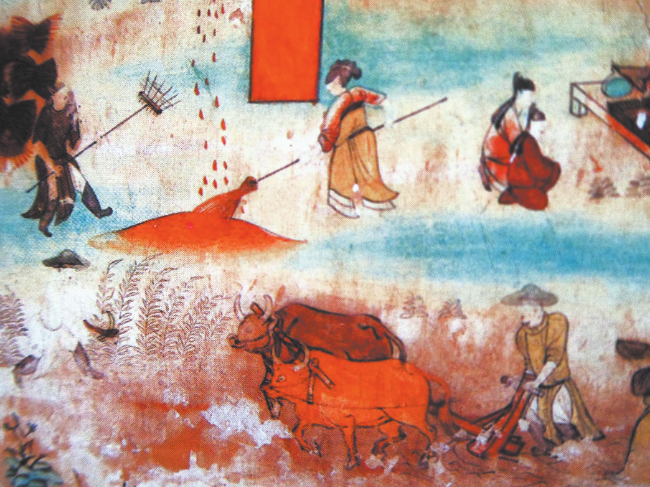
Yulin Grottoes Mural "Agricultural Drawing"
The third time was in the fifth year of Yuanshou (118 BC), "relocating the world's cunning officials and people to the border". This is a punitive migration, that is, the wicked, treacherous and cunning officials and civilians from all over the country are moved to the border areas. The Hexi Corridor was one of the newly developed border areas at that time, so it was also an important immigration place this time. According to the 3% of the national registered population in the second year of Emperor Ping's Yuan Dynasty (2 years), the total number of cunning people is about 1.8 million. If 1/10 of them moved to Hexi and other places, there would be 180,000. In the second year of Emperor Wu of the Han Dynasty (99 BC), Li Ling led 5,000 infantry to leave Juyan to find the Huns to fight. "When the army left, the people who stole their wives from Guandong and migrated to the border accompany the army as their wives and wives, and they hide in the car."
The fourth immigration was the emigration to Hexi in the sixth autumn of Yuanding (111 BC). In the second year of Yuanding, Zhang Qian sent back to the Western Regions and reported that Wusun could not return to the east. Emperor Wu of the Han Dynasty saw that "Hunxie land is empty and empty" for many years, so in this year, he sent the Han army again to drive the remnants of the Huns to Mobei and relieve their threat to Hexi. "He divided Wuwei and Jiuquan into Zhangye and Dunhuang. This time, the Han Dynasty will set up a county and a county in Hexi, and the number of immigrants should be more than 100,000, which is a large-scale immigration. The famous Dunhuang surname Suo moved from Julu Nanhe to Dunhuang this time.
There are also many small-scale immigrants to Hexi and other places. At that time, the main objects who migrated to the Hexi area were "to become poor in the Kanto region, or to complain too much, or to rebel against the dead, and the family members migrated" and so on. "Poverty in Kanto" refers to the poor peasants who have nowhere to live and cannot survive in the Central Plains. "Complaining too much" and "rebelling against the dead", in modern terms, are criminal offenders or those who have committed crimes against national security. The whole family of minor offenders will be forcibly relocated to the border areas. . For example, in the third year of Yuanfeng (108 BC), "the Di people in Wudu rebelled and moved to Jiuquan County"; in the second year of Zhenghe (91 BC), the witchcraft incident occurred, "It sent troops with the prince to oppose the French, The officials and officials who robbed and robbed all moved to Dunhuang County.” During the reign of Emperor Xuan, Sima Qian’s uncle Yang Yun was dissatisfied and was reported. In addition, there were also guards who voluntarily stayed and brought their families to Hexi. There are also civilians who migrated voluntarily, such as Zhao Chongguo's family. "People from Shangjun in Longxi also moved to Jincheng to make their homes." They have made contributions to the defense and development of the frontiers of Gansu. There are also refugees from Hexi County to the east. For example, in the first year of Heping (28 years ago), Dunhuang County sent officials to Donghai County and Taishan County to collect refugees. Similar activities are now and later. All.
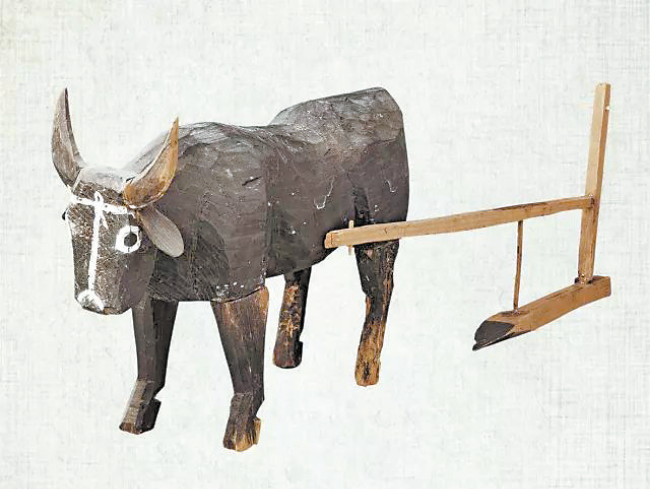
Wooden ox pulling plow unearthed from Mozuizi Han tomb in Wuwei
According to "Han Book Geography", there were 109,740 households with 529,859 people in the five Hexi counties in the second year of the Yuan Dynasty (2 years) of the Western Han Dynasty. If you add up the households and the guards, the total population of the four counties may be nearly one million. These immigrants moved to various parts of Hexi, changing the ethnic composition of the local population, making Hexi a region dominated by the Han nationality, which is conducive to the implementation of state decrees and social stability. Second, these immigrants were early developers of agricultural economies in areas such as Hexi. According to historical records, at that time, "Suofang, Xihe, Hexi, and Jiuquan all used rivers and valleys to irrigate fields", and agricultural production developed rapidly. In addition, the economic activities engaged in by the immigrants changed the local economic structure, from a relatively single and fragile animal husbandry and hunting economy to a combination of farming and animal husbandry with stable harvests. Moreover, migrants from the mainland are also an important force in assisting border defense, safeguarding national frontier security and Silk Road traffic.
The setting time of the five counties of Hexi
People used to call Dunhuang, Jiuquan, Zhangye and Wuwei the four Hexi counties in the Han Dynasty, but the formulation of the five Hexi counties has a long history. In the first year of Xuanquan Jian Shenjue (61 B.C.) in November, Dasinong gave the farmland officials of the Hexi counties the five counties of "Dunhuang, Jiuquan, Zhangye, Wuwei, and Jincheng" together. Zhangye was once regarded as "the military general of the five commanderies in the west of Hexi". The "Book of Jin Geography", which was officially repaired in the early Tang Dynasty, said: "The Han Dynasty established Zhangye, Jiuquan, Dunhuang, and Wuwei counties, and then set up Jincheng County, which is called the 'Five Hexi counties'", which is more clear. The statement of the five Hexi counties is quite historical and strategic, because 8 counties out of the 13 counties under the jurisdiction of Jincheng County and the Western Han Dynasty, 8 counties out of the 10 counties under the jurisdiction of the Eastern Han Dynasty are west of the Yellow River, and the remaining 2 counties are also on the shore of the Yellow River. , From the geographical point of view, it is a veritable county of Hexi. Moreover, Jincheng County is located at the east entrance of the Xiwan Hexi Corridor, the Qiang Middle Road in the south, and the Tengger Desert, which is infested by the Xiongnu in the north. Its political and military status is too important. How can Jincheng County be excluded from the Hexi counties?
The setting time of the five counties in Hexi, except for the setting time of Jincheng County, which is the sixth year of Shiyuan, Emperor Zhaodi of the Han Dynasty (81 BC), is undisputed. The statements in books such as Zhitongjian are very inconsistent, causing disputes in the academic circles, and there is still no unified opinion. Jiuquan County includes the second year of Yuanshou (121 years ago), the second year of Yuanding (115 years ago), the sixth year of Yuanding (111 years ago), the first year of Taichu (104 years ago), and the third year of Yuanfeng (before 111 years). After 108 years), before the fifth year of Zhenghe (before 94 years), when Emperor Wu, Zhenghe Shishu said; Zhangye County, there are six years after Yuanding, the first year of Taichu, before the sixth year of Yuanfeng (105 years ago), Zhenghe five years ago and the time of Emperor Wu; Dunhuang County, there are six years of Yuanding, Zhenghe two years (before 91 years), before the first year of the Yuan Dynasty (before 88 years), and the times of Emperor Wu; Wuwei County, there are The second year of Yuanshou, after the second year of Yuanding (115 years ago), the fourth year of Taichu (101 years ago), before the first year of Shenjue (61 years ago), before the third year of Dijie (67 years ago), during the reign of Emperor Wu Say. Qing Dynasty scholars Qian Daxin, Qi Zhaonan, Quan Zuwang, Wang Zhichang, Zhu Yixin and others conducted textual research on their own, but there are still differences in their interpretations. In the 20th century, a large number of Qin and Han bamboo slips were unearthed in various places in Hexi, which provided original new materials for the discussion of the four counties. Chen Mengjia, Lao Gan, Zhang Weihua, Zhang Chunshu, Qi Chenjun, Liu Guanghua, Zhou Zhenhe, Wang Zongwei, Li Bingcheng and other scholars used Han bamboo slips, archaeological materials and handed down documents to conduct more scientific research on the establishment of Hexi counties.
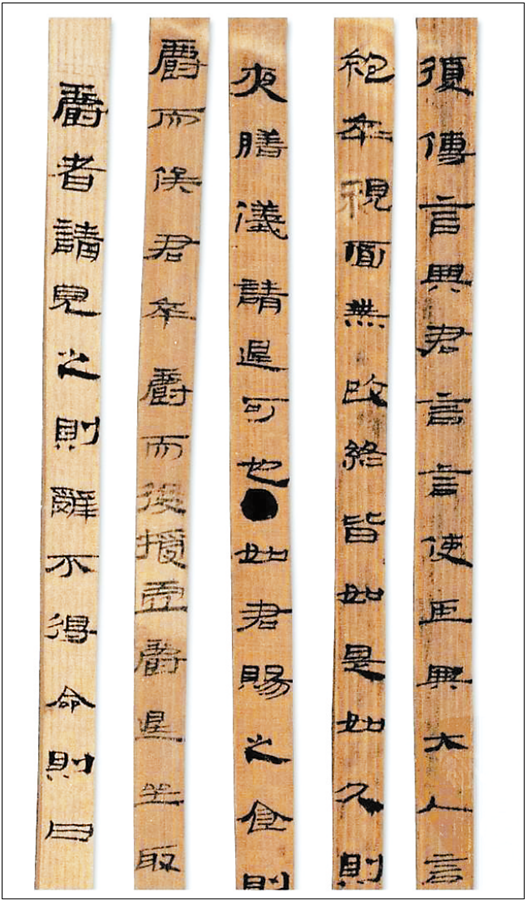
Wuwei Han bamboo slips "Rituals for Meeting Scholars"
Synthesizing the research results of scholars and taking into account their own opinions, the following is a brief description of the time when the counties were established.
In the second year of Yuanshou (121 BC), King Hunxie surrendered to the Han Dynasty, and the sovereignty of Hexi belonged to the Han Dynasty. However, the immigration cost a lot of money, material and manpower. The Han Dynasty used troops year after year and the finances were tight, so Emperor Wu of the Han Dynasty pinned Wusun's hope of returning to his homeland on Zhang Qian, who was on his second mission to the Western Regions, so he did not take much action. In the second year of Yuanding (115 BC), the envoy Zhang Qian returned to Chang'an and reported that Wusun could not return to the east. Emperor Wu of Han then used Lingju as the base and stronghold to build the Great Wall to the west, and constructed the Great Wall and the beacon tunnels and pavilions along the way. Hexi border defense system, and increased immigration speed. When the Great Wall was built to Jiuquan, Zhangye and Jiuquan were set up. It is not unreasonable to say that the two counties were set up in the sixth year of Yuanding (111 BC) in "Historical Records, Pingzhun Shu" and "Han Books, Food and Merchandise Records". The purpose of setting Zhangye County is to "cut off the Qiang Hu, so that the north and the south cannot communicate with each other", and the purpose of setting up Jiuquan County is to "connect the northwest country". The two counties are located in the east and west of the Hexi Corridor respectively, and are roughly bounded by present-day Heihe and the Yanchi-Minghai desert area to the north.
If Han wanted to further expand his influence in the Western Regions, he had to manage the roads leading to the Western Regions. Dunhuang is the throat of transportation between China and the West, and the hub of the fusion of Eastern and Western civilizations. Therefore, it is very necessary to set up Dunhuang County in the west of the Hexi Corridor. "Han Shu·Wu Di Ji" records that in March of the third year, "the 40,000-year-old Hou Matong rides out of Jiuquan" to Tianshan to attack the Xiongnu, which shows that in 90 BC Dunhuang had not yet established a prefecture, so the fortress was Jiuquan. This ruled out Dunhuang's construction of the county in the sixth year of Yuanding (111 BC) and the second year of Zhenghe (191 BC), and can only be noted in "Han Shu Geographical Records": "The first year of Emperor Wu's Hou Yuan (before 1988) divided Jiuquan to set up (Dunhuang County)" as yes.
Jincheng County was established in the sixth year of Emperor Zhao's reign (81 BC), taking Yuzhong and Jincheng in Tianshui County, Fanghan and Baishi in Longxi County, and Lingju and Zhiyang in Zhangye County. It can be seen from this that the entire east of the corridor at that time and the west of Jincheng County in Xigu District belonged to Zhangye County, and there was no Wuwei County, which ruled out the first three misunderstandings of the establishment of Wuwei County in the literature. Laogan was determined by the names of the counties mentioned in the chronological slips of the Juyan Han Dynasty. The current research is largely inconclusive. Wuwei County was originally the grazing land of the Xiongnu King Xiutu. After Emperor Wu of the Han Dynasty opened Hexi, it became the land of Zhangye County. From the first year of Xuandi Yuanfeng to the third year of Dijie, Wuwei County was established in the eastern part of Zhangye County.
Hexi five counties and their jurisdictional counties
Zhangye is the "Kunxie land of the ancient Xiongnu", and the county name takes the meaning of "Zhangguo's armye". Dexian; Zhaowu County is located in Banqiao and Yanuan, Linze County; Xiandan County is located in the ancient city of Shuanghu Village, Huocheng Township, Shandan County; Dichi County is located in the east of Ganzhou District; Wulan County is located in Gucheng Village, Jiitan Town, Ganzhou District The area; Rile County is governed by today's Qingquan Town, Shandan County; Lijin County is governed by Gao Ancient Town, Hongshanyao Township, Yongchang County; Panhe County is governed by the old city of Xizhai, Jiaojiazhuang, Yongchang County; Xianmei County is governed by Fengle, Liangzhou District The area around the town; Juyan County is governed by Ejina Banner, Inner Mongolia today.
The name of Jiuquan County comes from "there is a golden spring under the city, and the spring tastes like wine". During the reign of Emperor Ping, there were 18,137 households with 76,726 people in Zhilufu (now Suzhou District), and there were 9 counties: Lufu County was governed by the west of Yongsheng Village, Luotuocheng Township, Gaotai County; Lehui County was governed by the ruins of the imperial city in Xiaheqing Township, Suzhou District; Men County is governed by Chijin Town, Yumen City; Huishui County is governed by Shuanggucheng Village, Jinta County; Chitou County is governed by Bijiatan Ancient Town in Huahai, Yumen City; Suimi County is governed by Gucheng Village, Linshui Township, Suzhou District; Ganqi County is governed by today's Jade Oasis in Yumen Town.
The origin of the name of Dunhuang County was explained in ancient times as "Dun, Da Ye; Huang, Sheng Ye"; modern researches include "Dunfu" in "Shan Hai Jing", which is the variant translation of Tocharo and the ancient Turkic language "melon" in Dunhuang. Turning the sound. The county seat is Dunhuang (now on the west bank of the Danghe River in Shazhou Town), with 11,200 households and 38,335 people in Pingdi. It consists of 6 counties: Dunhuang County, Ming'an County, the ancient city of Nancha Dakeng, Suoyang Town, Guazhou County; Xiaogu County, Dunhuang City. The ancient city of Dunwan Village, Guojiabao Township; Yuanquan County, now Sidaogou Village, Sandaogou Town, Guazhou; Guangzhi County, now Pochengzi Ancient Town, Suoyang Town, Guazhou; Longle County, now Beigong Village, Yangguan Town, Dunhuang City Changcheng Ruins.
The origins of the name of Jincheng County include "In the beginning, the city was built to obtain gold, so it was called Jincheng"; , so it is called the city of gold. Gold, a trip to the west" Zhu said. The county government is Yunwu (now Xiachuankou, Minhe County, Qinghai), with 38,470 households and 149,648 people in the Pingdi era. It consists of 13 counties: Yunwu County; Yuzhong County is governed by Donggang Town, Chengguan District, Lanzhou City today; Jincheng County is governed by Xigu District, Lanzhou City today. Xigucheng; Fuhan County, now Shuangcheng Village, Fanghan Town, Linxia City; Baishi County, now Qu'ao Township, Xiahe County, Gannan Prefecture; Lingju County, now Chengguan Town, Yongdeng County; Zhiyang County, now Kushui Town, Yongdeng County; Haoyi The county is governed by Heqiao Town, Yongdeng County; Yunjie County is governed by the area of Honggu Ancient Town, Honggu District, Lanzhou City; Heguan County is governed by the north of Dadun Village, Dahejia Town, Jishishan County; Poqiang County is governed by Laoya City, Ledu District, Qinghai Province; Yixian is located in today's Ping'an District of Qinghai Province; Linqiang County is located in the southeast of today's Huangyuan County in Qinghai Province.

Qilian scenery
Wuwei County was governed by Guzang (now the ruins of the ancient city of Zhaojiamo Village, Jinyang Town, Liangzhou District), with 76,419 people in 17,581 households in the Pingdi era. It consists of 10 counties: Guzang County, where the Huns built Zang City, and the sound is Guzang; Zhangye County is governed by Today, Wangjingzhai Ancient Town, Liangzhou District; Wuwei County, which is now the northwest ancient city of Quanshan Town, Minqin County; Xiutu County, which was originally the Xiutu King City of Xiongnu, which is now the ancient city of Sancha Village, Siba Township, Liangzhou District; Guci County, which is now Gulang County Tumen Town; Luanwu County administers the small bridge castle in the north of Gulang County; Puhuan County administers the ancient city of Puhuan in Dajing Town, Gulang County; Laowei County administers the ancient city of Diaogou, Luyang Town, Jingtai County; Cangsong County administers Gulang The ancient city of Heisong Station in the county; Xuanwei County is the ancient city of Wenyi Agricultural Science Team in Daba Township, Minqin County.
The establishment of the five counties in Hexi is an event of far-reaching significance in Chinese history. First of all, it made Hexi a strategic base for "breaking the right arm of the Xiongnu", strengthened the defense capability of the Western Han Dynasty, promoted the joint efforts of various ethnic groups in the Western Regions and the Han Dynasty to fight against the Xiongnu, and became a strong base for the Central Dynasty to control the Western Regions. Secondly, it provided conditions for the smooth flow of the Silk Road, and ensured and facilitated the economic and cultural exchanges between China and Western countries. Finally, the emergence of the emerging Hexi Corridor agricultural area, while achieving the so-called "isolation of the Qiang Hu", promoted the economic and cultural development of the Hexi area, expanded the combination of China's agricultural area economy and nomadic area economy, and constituted the agricultural and animal husbandry industry. A unified ancient national economic system. Editor/He Yuting
Comment
 Praise
Praise
 Collect
Collect
 Comment
Comment
 Search
Search



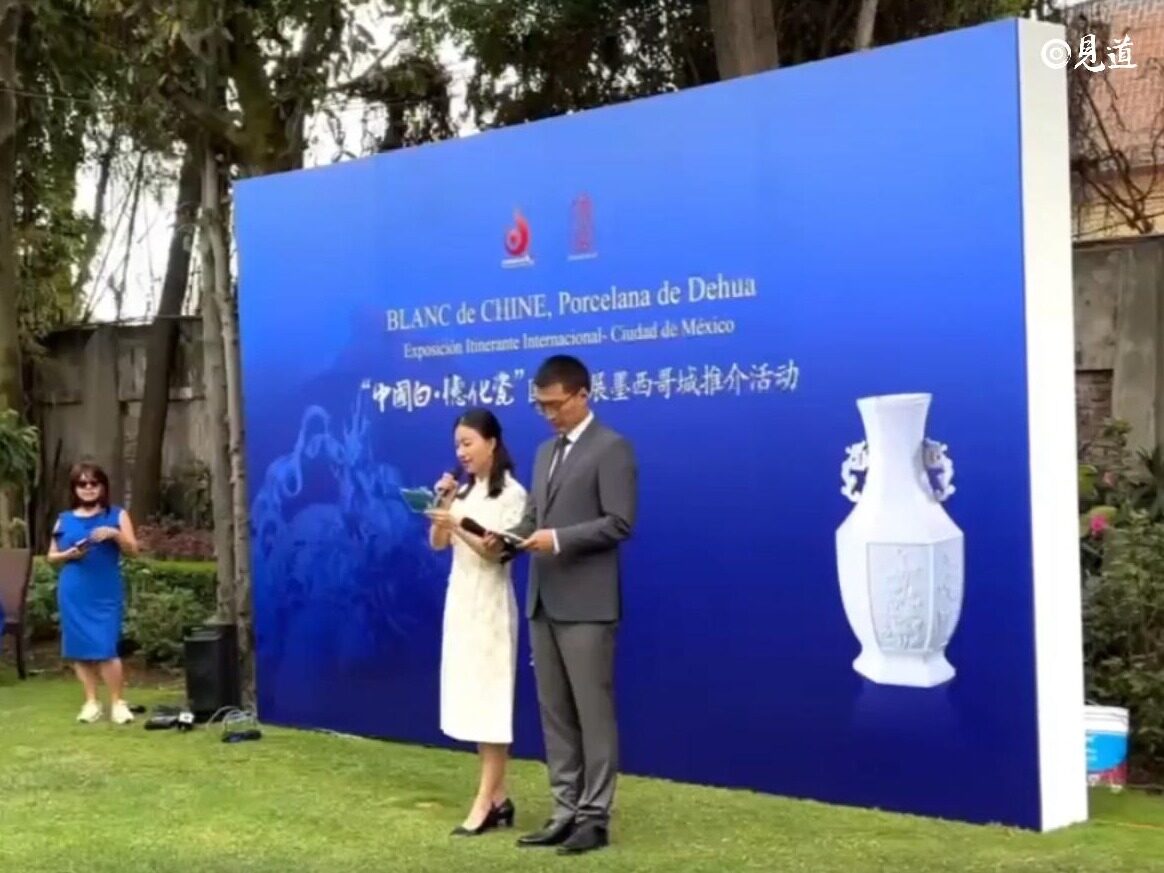

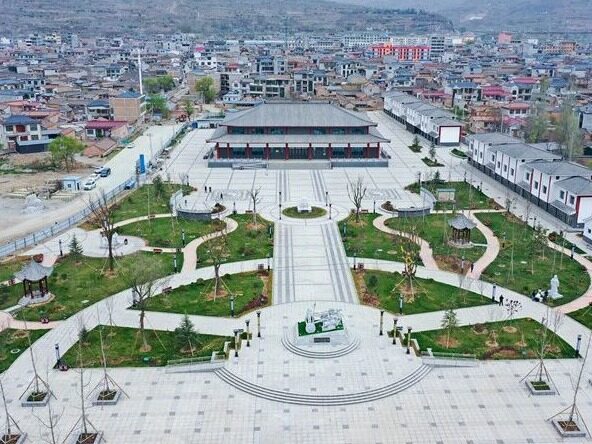
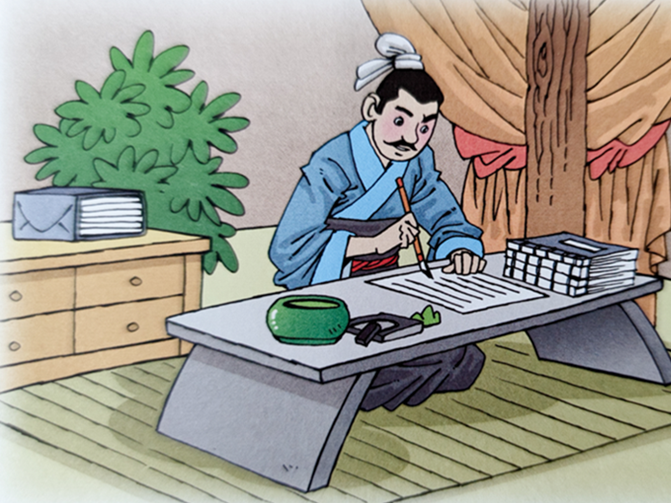
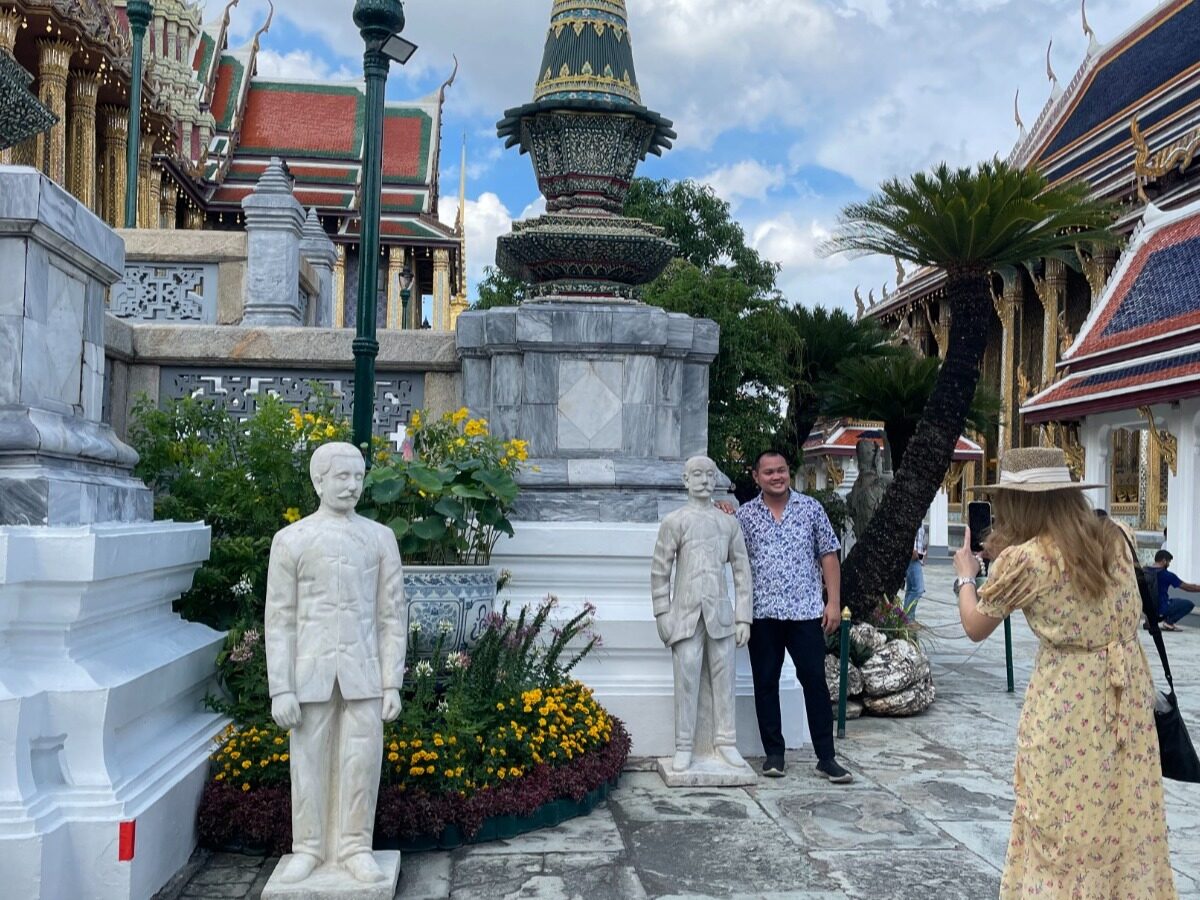






Write something~